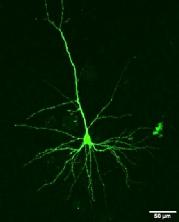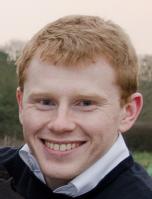Paul Harrison
Background
I finished my masters in mathematics in 2008, where I attained Upper Second Class honours. After the broad curriculum of the first half of my degree, my third and fourth years took a narrower focus where I specialised in various fields of applied mathematics such as mathematical biology, fluid mechanics, and theoretical physics. I went on to spend the next two years on an industrial graduate training scheme where my research was a combination of materials physics and electronics theory. I made extensive use of finite element methods to model the propagation of high pressure shock waves in piezoelectric materials instigated by high velocity impacts. I then used various numerical methods to solve the corresponding circuit and predict the electrical output of the system.
In 2010, after finishing my graduate training scheme, I decided to change fields and pursue a career in life sciences. I wanted to keep a large mathematical component to my research so I joined MOAC in October 2010, completing an MSc with distinction in Mathematical Biology and Biophysical Chemistry the following September. Over the course of that year I settled on neuroscience as my field of choice, in which I am currently studying for a PhD.
Education
PhD: Experimentally Verified Models of the Neocortical Microcircuit

Supervisors
Theoretical: Dr Magnus Richardson (Warwick Systems Biology Centre)
Experimental: Dr Mark Wall (Warwick School of Life Sciences)


